OPINION:”Public schools should teach cursive writing” | But most have given it up

LC- The Oregonian
Most public schools have given up teaching cursive writing.
By Paul Mulshine
As I was watching that U.S. Senate hearing on the Russiagate investigation Wednesday, I noticed a woman sitting behind the senators taking notes on a legal pad.
She seemed to be making quite a good job of it. Her pen flew across the page in keeping with the words spewing from the speaker’s mouth.
I got thinking of that because of recent news about a bill in the New Jersey Legislature mandating that cursive handwriting be taught in the public schools.
Those articles had me asking two questions:
ONE: WHEN DID THEY STOP TEACHING IT?
TWO: WHEN DID THEY START CALLING IT “CURSIVE?”
When I was a lad learning the three R’s at St. Genevieve’s School in Elizabeth, we called it simply “writing.” The alternative was “printing.”
The nuns never even bothered to teach us that.
I never heard the term “cursive writing” until 30 years later when my own 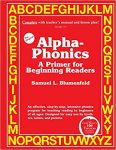 kids were in grammar school.
kids were in grammar school.
My first thought was that the qualifier is unnecessary. There’s no such thing as “non-cursive writing.” That’s printing.
But it turns out the term has some value. Its Latin root is the verb “currere.” That means “to run.” It describes the fast pace of that note-taker’s pen at that hearing.
But imagine that the woman had never learned handwriting in her grammar school days. By the time she finished printing one word, the speaker would be on to the next sentence.
Not only that, but handwritten documents such as the Declaration of Independence, the Constitution or just a simple letter would appear as undecipherable as hieroglyphics.
“I understand that now they do texting,” Caputo said of today’s kids. “But if you learn to write, it helps with English skills and everything else. They’re losing a step in the educational process.”
They certainly are. They’re losing one of the three R’s – reading, writing and ‘rithmetic.
That was whittled down to two R’s and a P when the national Core Curriculum standards came out in 2010 with cursive absent from the agenda.
 Caputo graduated high school way back in 1958 and I did so back in 1968. So you might dismiss our thoughts as the ranting of two cranky old guys.
Caputo graduated high school way back in 1958 and I did so back in 1968. So you might dismiss our thoughts as the ranting of two cranky old guys.
That may be true, but the prime sponsor of the bill is a mere youngster. Assemblywoman Angela McKnight graduated high school in Jersey City in 1996.
McKnight, a Democrat, told me she was first alerted to the problem when she showed a piece of cursive writing to her son, then in third grade.
But what about all those other kids in the public schools who don’t learn cursive? McKnight said she fears they will be at a disadvantage to the kids who go to non-public schools.
“The private school students have a leg up when they learning cursive writing,” she said. “That’s why I introduced this bill.”
McKnight pointed to many studies showing that learning and practicing cursive writing aids in brain development. The New York Times has run some informative op-eds on the subject.
One cited the positive effect that cursive writing has on the development of the “fusiform gyrus.” In case you’re wondering, that’s “the area in the temporal lobe thought to be important in facial recognition, color processing, and word recognition.”
There’s also evidence that kids suffering from dyslexia do better with cursive because it encourages them to see each word as a whole unit.
What the heck else are they going to study? You’re not going to teach a 7-year-old particle physics or have him do a book report on “War and Peace.”
physics or have him do a book report on “War and Peace.”
When I was that age I hated being in school, period. So did my friends. But at least we learned something useful in later life.
It’s still useful today despite the advent of all those high-tech aids. A lot of the kids now in grammar school will one day attend college. There, many will find their professors ban laptops during lectures.
Then there’s Congress. That lady wasn’t taking notes by hand for the fun of it. All recording devices are banned in the galleries of both the House and the Senate.
There’s a message there — but like the Declaration of Independence, it may not be comprehensible to those not learning cursive.
Paul Mulshine is a columnist for The Star-Ledger and nj.com.
READING is one of the 3 R’s mentioned in this article. One of the best PHONICS reading instruction programs is ALPHA-PHONICS. For over 36 years it has been very successfully used by Parents to teach their OWN children to read. Find out why below:

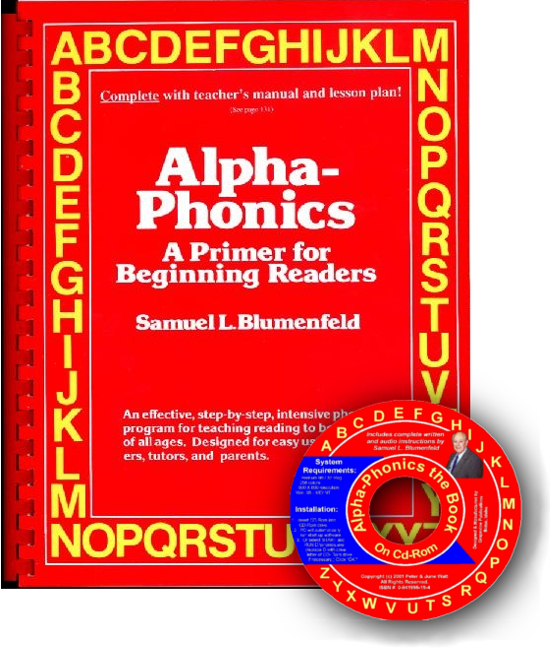 Alpha-Phonics
Alpha-Phonics The Alphabet Song!
The Alphabet Song! Water on the Floor
Water on the Floor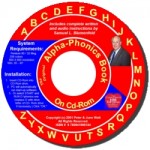 Alpha-Phonics the Book on CD Rom
Alpha-Phonics the Book on CD Rom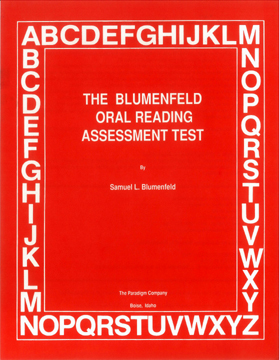 Blumenfeld Oral Reading Assessment Test
Blumenfeld Oral Reading Assessment Test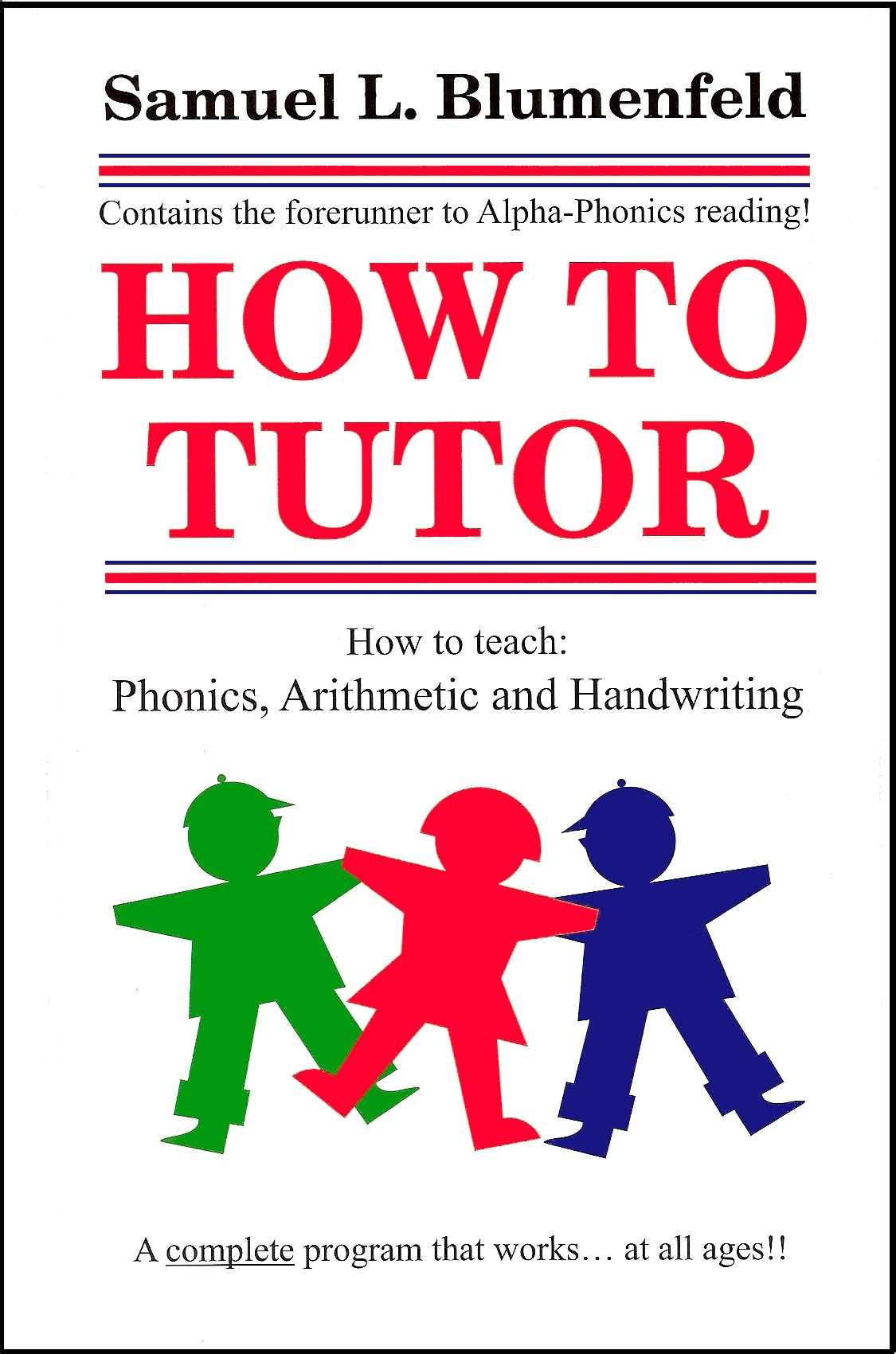 How To Tutor
How To Tutor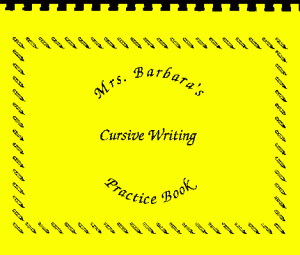 How To Tutor Cursive Handwriting Workbook
How To Tutor Cursive Handwriting Workbook